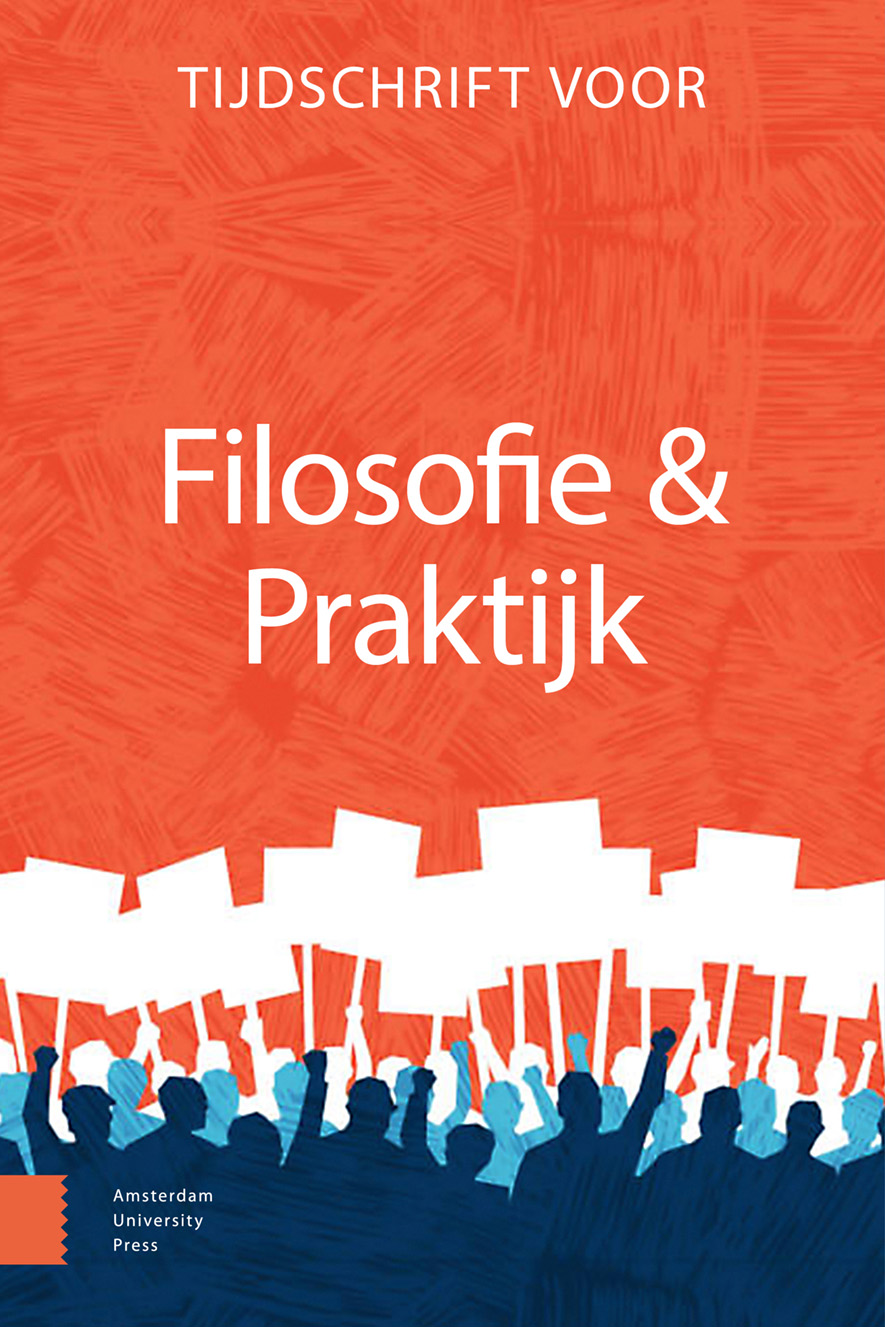
Full text loading...
We use cookies to track usage and preferences.I Understand
Over the past decade there has been a surge in the number of young people seeking medical treatment to change their gender. What makes looking for explanations difficult is the problem that concepts such as transgender are moving targets: they are constantly changing. This study tries to solve this by applying Ian Hacking’s ‘looping theory’ on the historical development of these concepts. Hacking examined how classifications and labels influence self-perception and behavior, and vice versa, how the classified people fight for acknowledgement and a change of labels. Four socio-historic periods are identified, describing the interactions between political institutions, medical and health organizations, academic centers, advocacy groups, (social) media and the people involved. This study shows that the increase in medical transitions can partly be explained by the changing concept of trans into a non-medical identity label, with self-identification as the single defining characteristic. The result was a broadening of the eligible population.

Article metrics loading...

Full text loading...
References


Data & Media loading...

